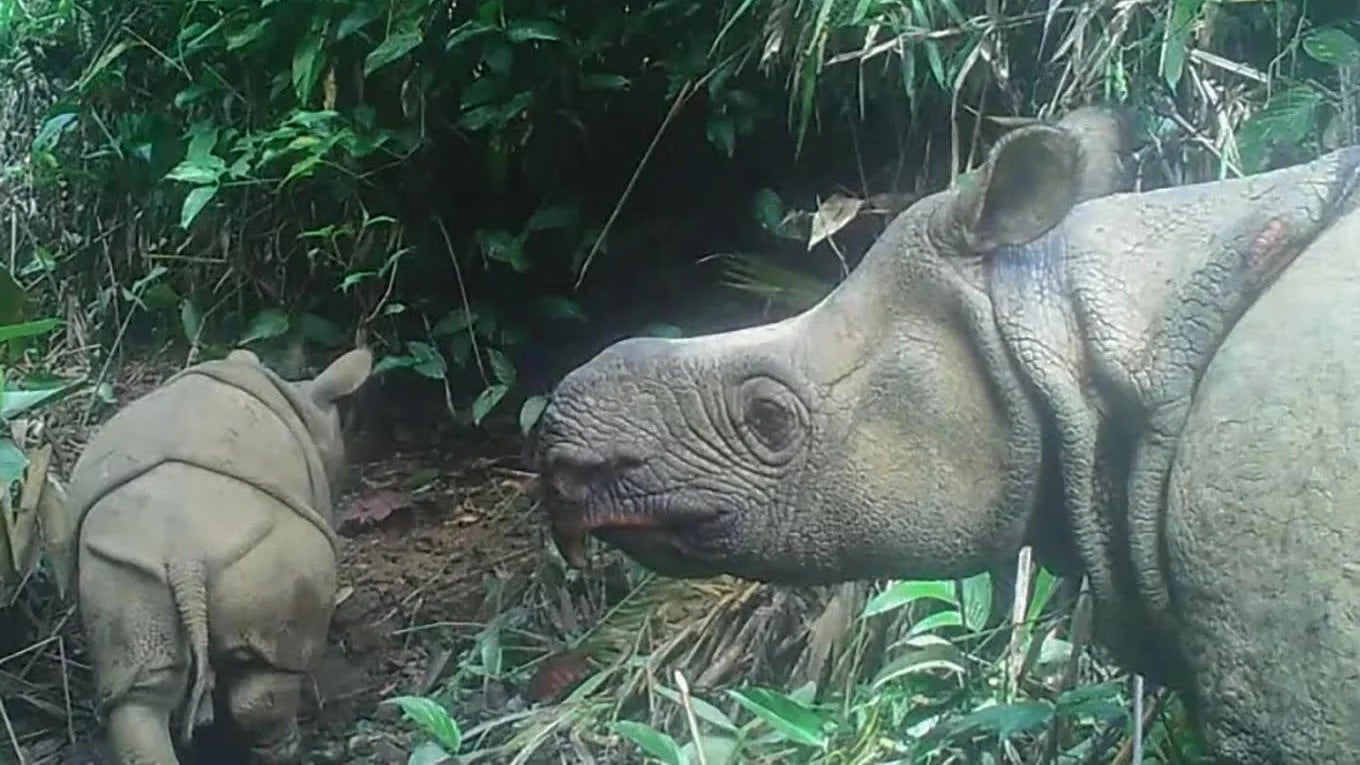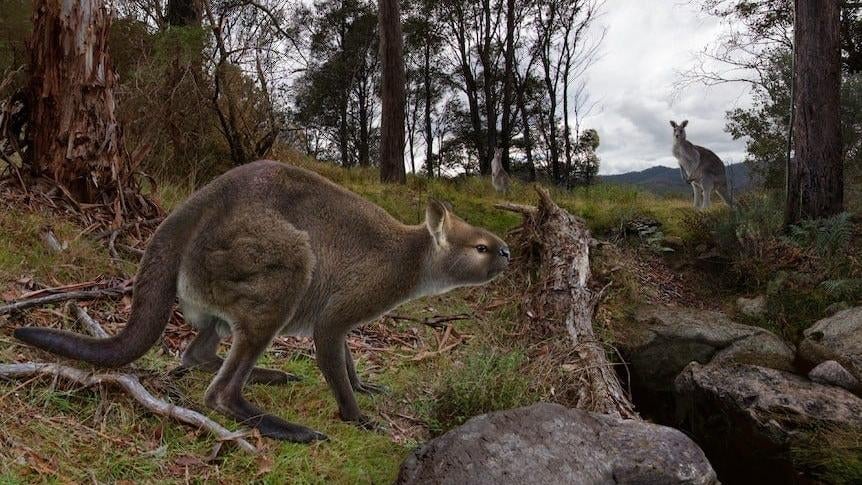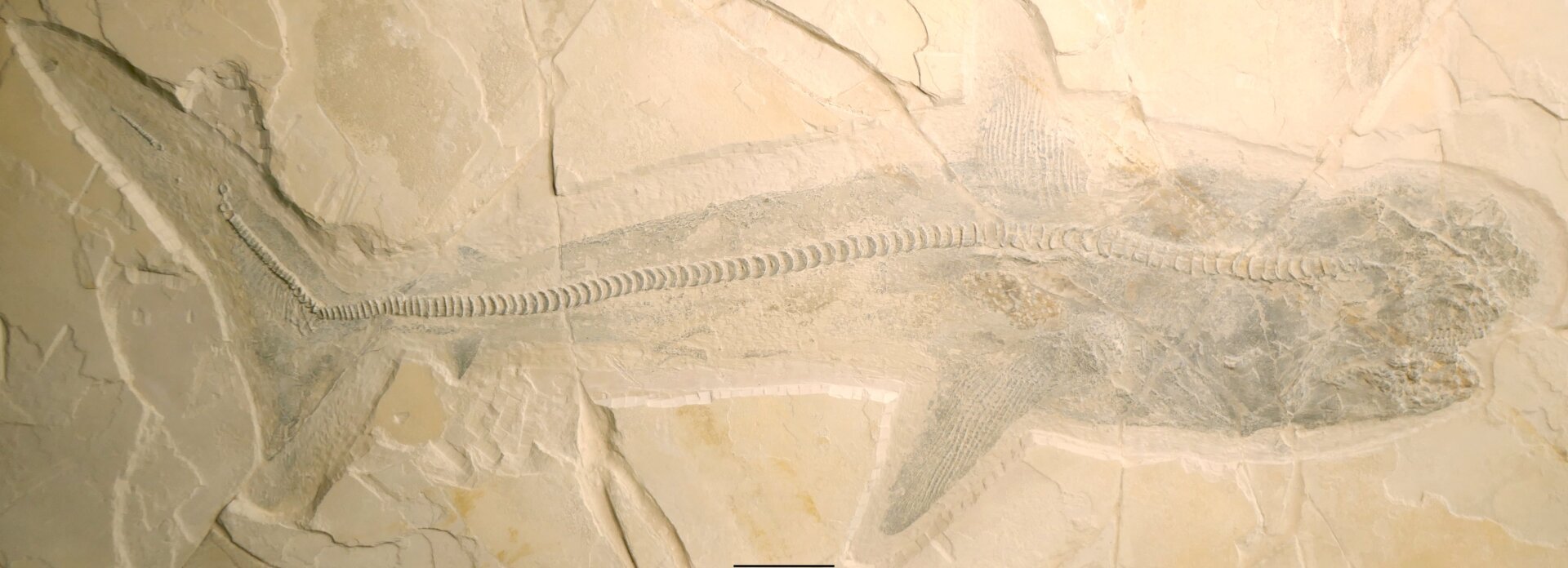The fossil remains of a colossal snake, unearthed in a lignite mine in India, suggest it may have been the largest snake to ever slither across the Earth. Dubbed Vasuki indicus—a nod to India and the mythical serpent entwined around the Hindu god Shiva—this ancient behemoth lived approximately 47 million years ago.
Researchers analyzed 27 vertebrae, believed to be from a fully grown individual, and estimated the snake could have stretched an astonishing 50 feet (15.2 meters) long—more than twice the height of a giraffe. This discovery sheds new light on the diversity of snakes during the Cenozoic Era in India and expands our understanding of madtsoiid snakes, an extinct family primarily found on the ancient supercontinent Gondwana.
 Reconstruction of Vasuki vertebrae.Reconstructed vertebrae of Vasuki indicus. Photo: S. Bajpai and D. Datta
Reconstruction of Vasuki vertebrae.Reconstructed vertebrae of Vasuki indicus. Photo: S. Bajpai and D. Datta
A Giant Among Snakes
The study, published in Scientific Reports, details the significance of this finding. Sunil Bajpai, a vertebrate paleontologist at the Indian Institute of Technology Roorkee and co-author of the study, explained, “The identification of this exceptionally large snake adds to our knowledge of madtsoiid snakes and the overall diversity of snakes from the Cenozoic of India.”
At the time Vasuki roamed the Earth, India was still drifting towards Asia from Africa, and the average temperature hovered around 82.4 degrees Fahrenheit (28 Celsius). This warm climate, combined with potentially abundant food resources and a lack of natural predators, may have contributed to Vasuki’s immense size. Bajpai suggests, “Higher ambient temperatures could have increased Vasuki’s internal body temperature and metabolic rate, facilitating its remarkable growth.” As poikilotherms, snakes rely on external temperatures to regulate their internal body heat.
Comparing Titans: Vasuki vs. Titanoboa
The longest snake alive today, the reticulated python (Malayopython reticulatus), typically reaches lengths exceeding 20 feet (6.25 meters). The longest recorded specimen, found in 1912, measured just under 33 feet (10 meters), according to the Natural History Museum in London.
Vasuki’s estimated length surpasses even that of Titanoboa, a massive boa constrictor that inhabited South America roughly 60 million years ago. The study authors note, “The largest body-length estimates of Vasuki appear to exceed that of Titanoboa, even though the vertebral dimensions of the Indian taxon are slightly smaller.”
 A life-size reconstruction of Titanoboa. Vasuki may have been longer.A life-size reconstruction of Titanoboa. Vasuki may have been longer. Photo: Michael Loccisano (Getty Images)
A life-size reconstruction of Titanoboa. Vasuki may have been longer.A life-size reconstruction of Titanoboa. Vasuki may have been longer. Photo: Michael Loccisano (Getty Images)
Migration and Predatory Habits
Based on the distribution of other madtsoiid snakes, the researchers hypothesize that Vasuki migrated westward across southern Eurasia to Africa after India collided with Asia. Given its size, Vasuki is believed to have been a slow-moving ambush predator, similar to modern anacondas.
Why Aren’t Modern Snakes So Large?
Bajpai suggests that cooler present-day temperatures may prevent modern snakes from reaching such gigantic proportions. Habitat loss, competition from other predators like crocodiles, and poaching could also play a role. While many enjoy warm summer days, the absence of giant snake overlords might be a worthwhile trade-off for cooler climates.
See Also: Scientists Found a Snake That Cartwheels Away From Danger











